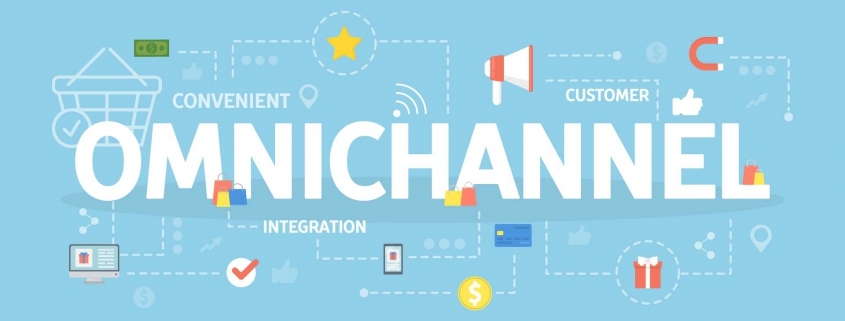How to Take an Omni-channel Approach to Sales Enablement
Today’s typical buyer journey was best described as, “…a big bowl of spaghetti,” at the Gartner Sales and Marketing Conference in Las Vegas. Thanks to constant innovation in digital and mobile technology, buyers now have the freedom to self-serve by researching information online and engaging with industry analysts, SMEs, and other influencers. The real game-changer of these new advances is a buyer’s ability to jump between various buyer stages—all without involvement from a seller.
While incredibly empowering for the buyer, it has created a new level of complexity for the seller. Buyers while moving between various stages, can also move from self-serve digital channels to one-on-one seller-serve channels. Accenture reports, “…around 30 percent of digital sales leads are expected to be finalized by an agent over the phone or by a call center operator. About 27 percent of digital sales leads are likely to be concluded by agents in face-to-face discussions with customers.”
Despite these trends, many companies are taking a siloed approach to implementing Self-Serve and Seller-Serve sales enablement. Why? One reason is simply siloed organizational ownership. When you have different teams held to different goals with different leadership, there’s no internal catalyst to encourage teams to work together. Another reason is differing systems and technologies. Marketing teams traditionally manage online and mobile Self-Serve channels, while Sales teams tend to manage CRM-supported Seller-Serve channels.
No matter the reason, a siloed approach creates notable pain points for both buyers and sellers. The buyer is often faced with a disjointed and frustrating experience, while the seller can be ill-equipped and unprepared to support buyer discussions.
How to Take an Omni-channel Approach to Sales Enablement
Successful sales enablement should take an omni-channel approach. Marketers use the term omni-channel to describe continuity within the user experience. Ensuring continuity in your sales channels requires an omni-channel approach too.
If a buyer starts in Self-Serve and moves to Seller-Serve, are your sellers well-informed on what the buyer has seen, heard and experienced to date? Will they know how to address related questions they may have?
To ensure an integrated experience where everyone (across different selling channels) is equipped to have relevant, valuable interactions with a buyer, one of the most important things you can do is to create a blueprint of the integrated Self-Serve and Seller-Serve buyer journey. And then use that blueprint on an ongoing basis to educate, plan and enable the team members responsible for managing your sales channels: Self-Serve and Seller-Serve.
The most effective blueprints capture important details and include feedback and insights from a wide cross-section of stakeholders involved in the sales experience. Here are a five quick-tips for formalizing a comprehensive sales enablement blueprint of your Self-Serve and Seller-Serve channels:
1) Talk to your buyers.
The investment you make in this type of qualitative research will deliver a tremendous VOI (value on investment). The findings will help you improve processes, content, offers, plus uncover other “ah-ha” optimizations not yet on your radar.
2) Consult with your Self-Serve team and Seller-Serve team.
Both independently, as well as together. These discussions will provide you with the step-by-step details you need, as well as flush out journey intersections and key pain points.
3) Detail the specific content and information made available to a buyer at each step of the journey.
Omni-channel continuity is made easier when your sellers have context of the buyer’s experience across all touchpoints.
4) Highlight not only key points of integration but journey milestones.
…such as specific gates a buyer must complete before moving to the next stage. This allows users of the blueprint to easily review the most critical and common of journey interactions.
5) Don’t set it and forget it.
Plan to revisit and update your blueprint a minimum of once a quarter. Treat it as a living document and repeat steps 1 to 4 with an eye toward continued updates and optimizations that can be made to the sales process.
The Last Mile Involves Distribution and Training
Once you have a sales enablement blueprint of your Self-Serve and Seller-Serve channels, you’re ready to put it into action. This “last mile” of activation is often the hardest part for companies simply because of the many parties involved and the coordination required in driving awareness and usage.
We recommend live and interactive trainings to bring the power of your blueprint to life. Begin with in-person or web-cam trainings and supplement with e-learnings for the best results. And naturally, be sure the blueprint is readily accessible to everyone working across Self-Serve and Seller-Serve sales channels, preferably via a digital portal and/or App.
Is the process to create and activate an integrated Self-Serve and Seller-Serve buyer journey time-consuming? Yes. But organizations that do so will produce superior return-on-investment (ROI) for sales enablement content – all while delivering a world-class buyer experience.





